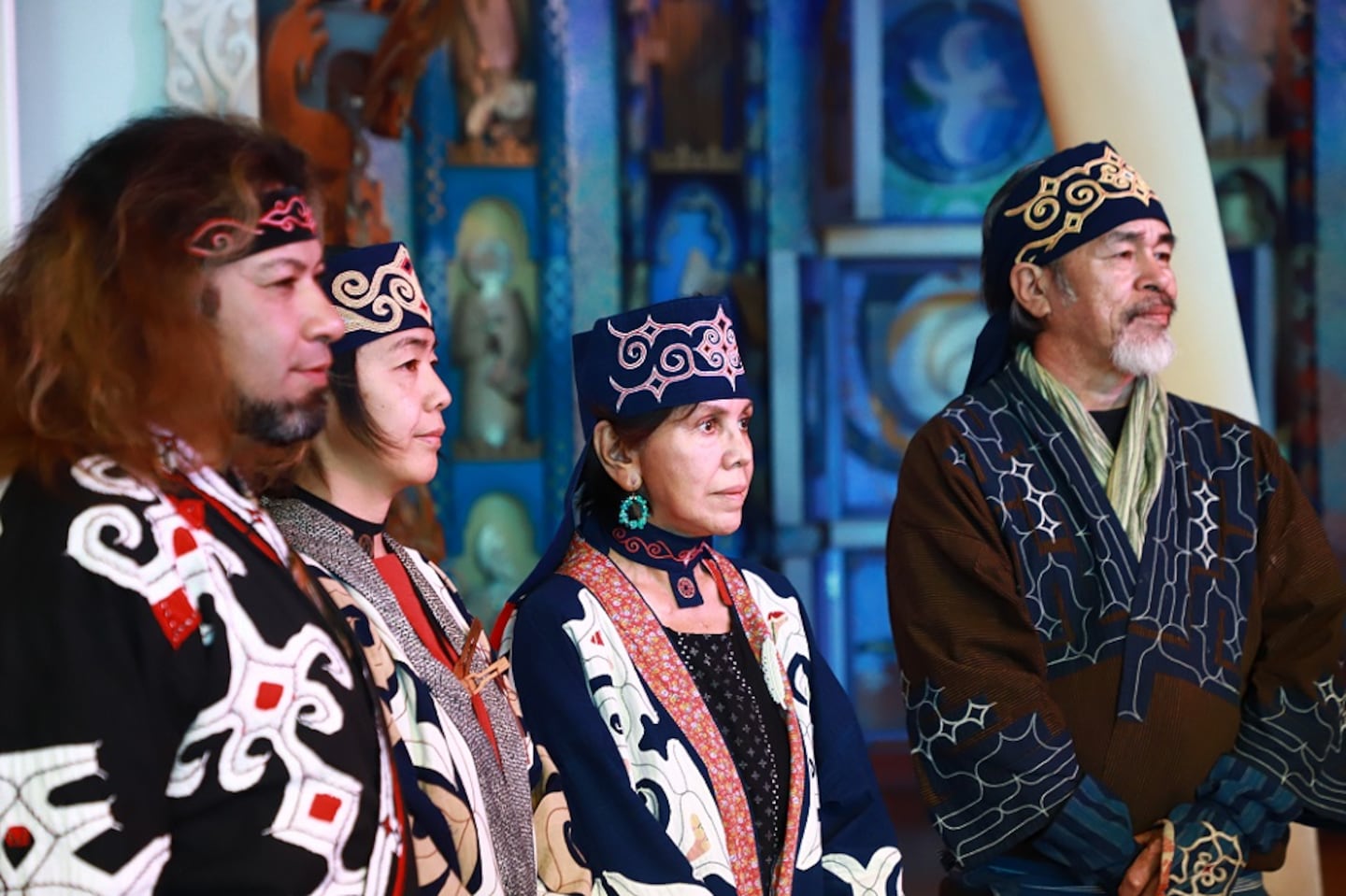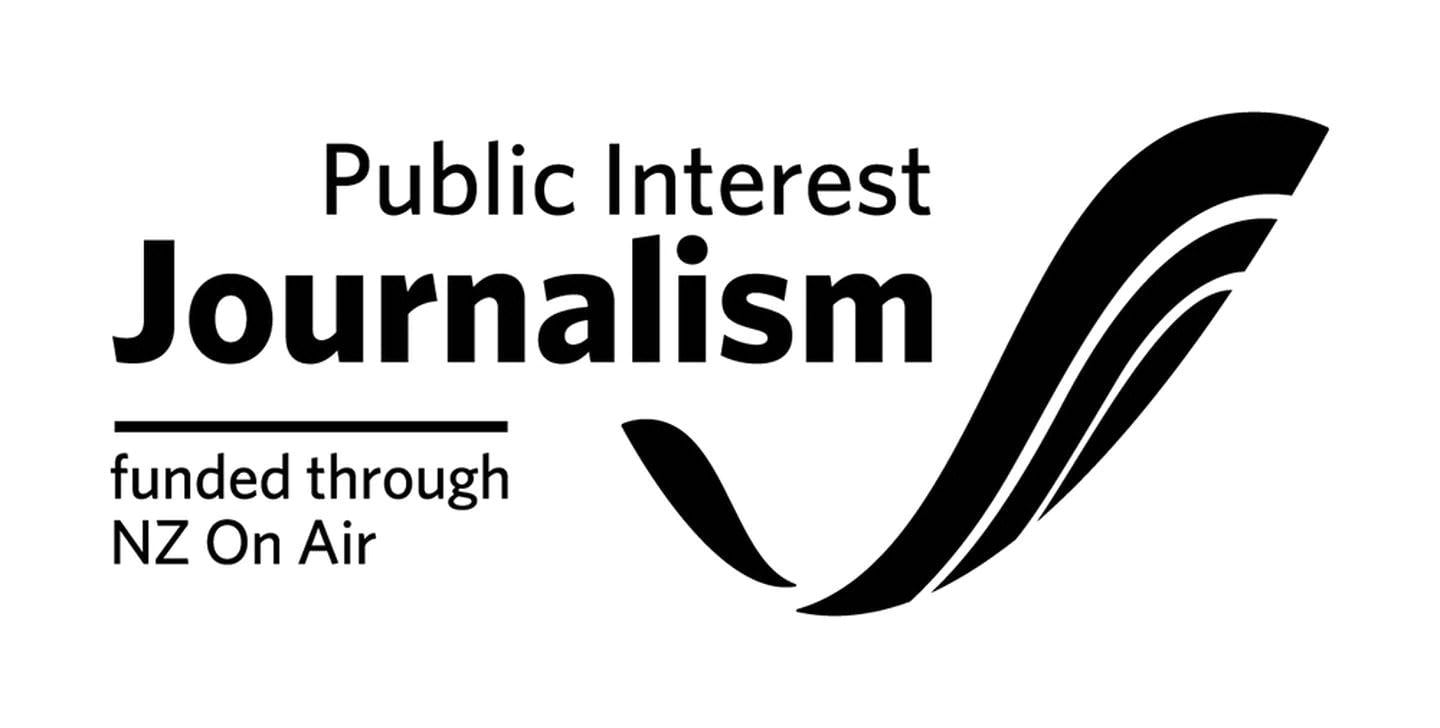The first Ainu art exhibition to be hosted in New Zealand has come about thanks to a 100-year-old connection between the Ainu - an indigenous people from northern Japan - and Māori.
Yesterday at Te Papa Tongarewa four significant Ainu artists - Akemi Shimada, Koji Yuki, Sayo Ogasawara and Atsushi Monbetsu - were welcomed with a heartfelt pōwhiri by Māori.
The Ramat Kor Kur - a contemporary art exhibition - they brought from the Ainu people of Japan to the Te Auaha Gallery also commemorates an important date in Ainu-Māori relations this month.
One hundred years ago Rātana founder Tāhupotiki Wiremu Rātana made a world tour and talked to many religious leaders. In 1924 in Japan he became friends with a bishop who was of Ainu heritage, Juji Nakata.
They stayed friends and Nakata also later visited Aotearoa to open the Rātana Temple in 1927.
The connection between Rātana and the Ainu continues and award-winning textile artist and Tokyo based Ainu elder Akemi Shimada says she values the sacred and long-standing connection made between her people and te iwi Māori.
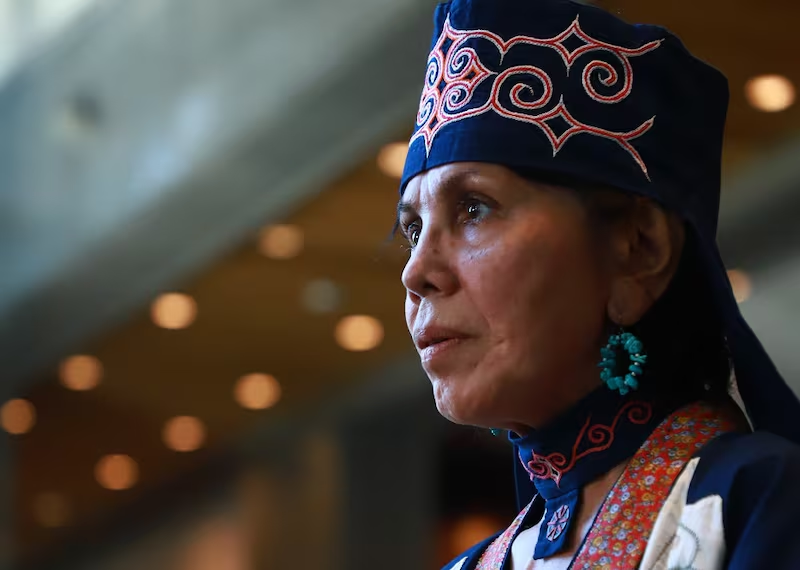
Māori inspiration
“First of all, it’s the people, the Māori people, they are very kind to people who are suffering. They are always willing to reach their hands out to those who are suffering.”
Like many Ainu, Shimada hid her heritage in fear of discrimination as a young woman but a chance meeting with te iwi Māori later inspired her to learn more about her culture and to share it with others.
“I visited Rātana Pa and the Rātana people told us that this is also our place, to come back any time, and that was very heartwarming for me,” Shimada says.
She is the chairperson of the Aotearoa Ainu Mosir Exchange programme, started in 2012 following a visit by then Māori Party MP Te Ururoa Flavell.
Relationship with Ainu and te iwi Māori was further affirmed when Flavell met Ainu on his trip.
He learned about their struggles In Japanese society, which led to him putting forward an invitation to his Ainu contacts to create an exchange programme for Ainu youth to travel to Aotearoa and learn more Māori kaupapa (initiatives) first-hand.
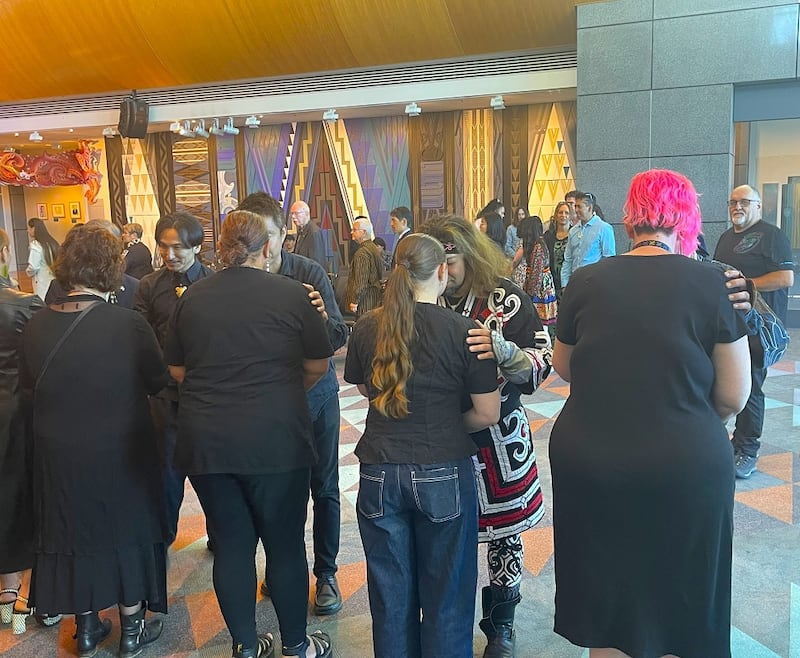
Respect for ancestors
Shimada pays tribute to Māori people and culture for playing a huge role in the inspiration of her Indigenous Ainu creative activism that changed her life.
“Coming here, learning from Māori, how much they respect their ancestors.
It helped me to keep going, it helped me to understand identity and to have more strength to keep working hard.”
She thinks how each Indigenous artist interprets and stays grounded in their creative work is different..
“Each person is different but I think it’s important for me to do embroidery and to know that I’m reaffirming that for myself.”
Shimada says creating embroidery helps her to communicate with her elders and also her ancestry, which she thinks has worked well for her.
“I believe learning more about our ancestors that we associate with helps.
“But for me, it was very important to understand my ancestry, knowing who my ancestors are and it’s not very common in Japan that people talk about their ancestors.”
Shimada says the purpose of the exhibition was to show her gratitude to the Māori people who took care of her.
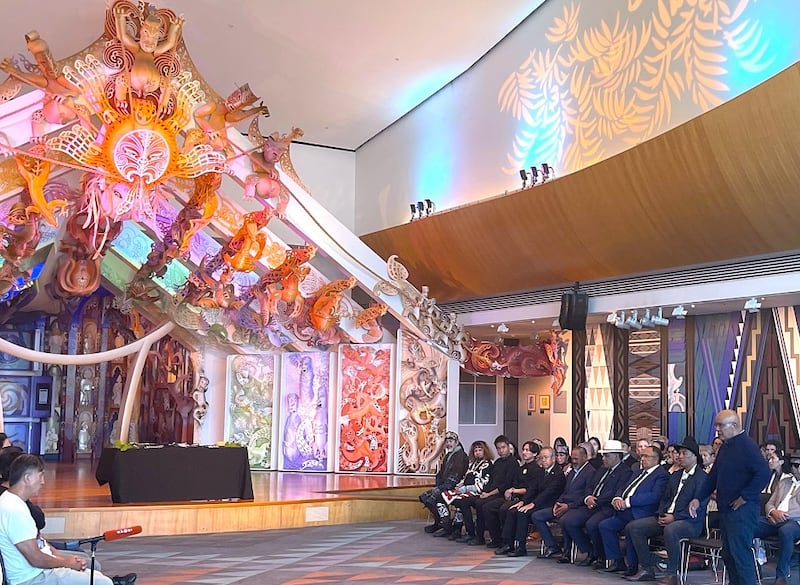
The exhibition has now moved to Whangarei and will then move to Gisborne.


